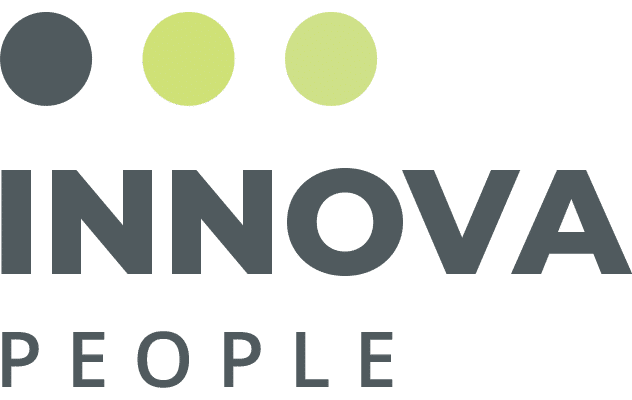
Welcoming new employees into your organization is an exciting opportunity to foster a positive and productive work environment from day one. Effective onboarding plays a crucial role in helping new hires integrate smoothly into the team, understand their roles and responsibilities, and become valuable contributors to the company. In this blog post, we will explore some best practices for onboarding new employees, enabling you to create a supportive and engaging onboarding process.
- Prepare Ahead of Time: Before the new employee’s arrival, it’s important to prepare a well-structured onboarding plan. This plan should outline key activities, training materials, and resources needed to facilitate a smooth transition. Ensure that necessary equipment, such as computers, software, and security access, is ready before the new employee’s start date. This proactive approach demonstrates your commitment to their success and helps them feel valued right from the beginning.
- Warm Welcome and Orientation: The first day sets the tone for the new employee’s experience. Start by providing a warm welcome, introducing them to the team members, and giving them a tour of the office or virtual workspace. A comprehensive orientation session should cover company values, mission, and culture. Share any employee handbooks, policies, and procedures that will help them understand the company’s expectations and guidelines.
- Clear Role Expectations: Clearly communicate the new employee’s role, responsibilities, and performance expectations. Provide them with a written job description and discuss how their role fits into the larger picture. Set specific, measurable, attainable, relevant, and time-bound (SMART) goals that align with the company’s objectives. Regularly check in to ensure they have a solid understanding of their responsibilities and are progressing towards their goals.
- Mentorship and Buddy System: Assigning a mentor or buddy to new employees can significantly enhance their onboarding experience. A mentor can offer guidance, answer questions, and provide insight into the company’s culture. This supportive relationship helps new hires navigate their roles more effectively, build relationships, and accelerate their learning curve. Encourage regular check-ins between the new employee and their mentor to address any concerns and provide ongoing support.
- Training and Development: Investing in employee training and development demonstrates your commitment to their growth and success. Create a comprehensive training plan that includes both job-specific skills and company-wide knowledge. Provide resources such as online courses, webinars, or workshops to help new employees develop the skills they need to excel in their roles. Encourage them to attend relevant industry conferences or seminars, fostering a culture of continuous learning.
- Regular Feedback and Performance Reviews: Regular feedback and performance reviews are essential for the professional growth of your new employees. Schedule regular check-ins to discuss their progress, provide constructive feedback, and address any challenges they may be facing. This practice encourages open communication, highlights areas for improvement, and helps them feel supported in their journey. Recognize and celebrate their achievements, fostering a positive work environment.
- Social Integration: Facilitating social integration is vital for fostering a sense of belonging within your organization. Encourage team members to engage in social activities, such as team lunches, after-work events, or virtual coffee breaks. This not only helps new employees build relationships but also promotes collaboration and a positive team dynamic.
Effective onboarding is a strategic investment that pays off in the long run. By implementing these best practices, you can ensure a smooth transition for new employees, help them acclimate to their roles quickly, and set the stage for their success within your organization. Remember, a well-structured onboarding process creates a positive first impression, promotes engagement, and increases employee retention. With a thoughtful and comprehensive onboarding strategy, you’ll empower your new hires to thrive and contribute meaningfully to the team.





